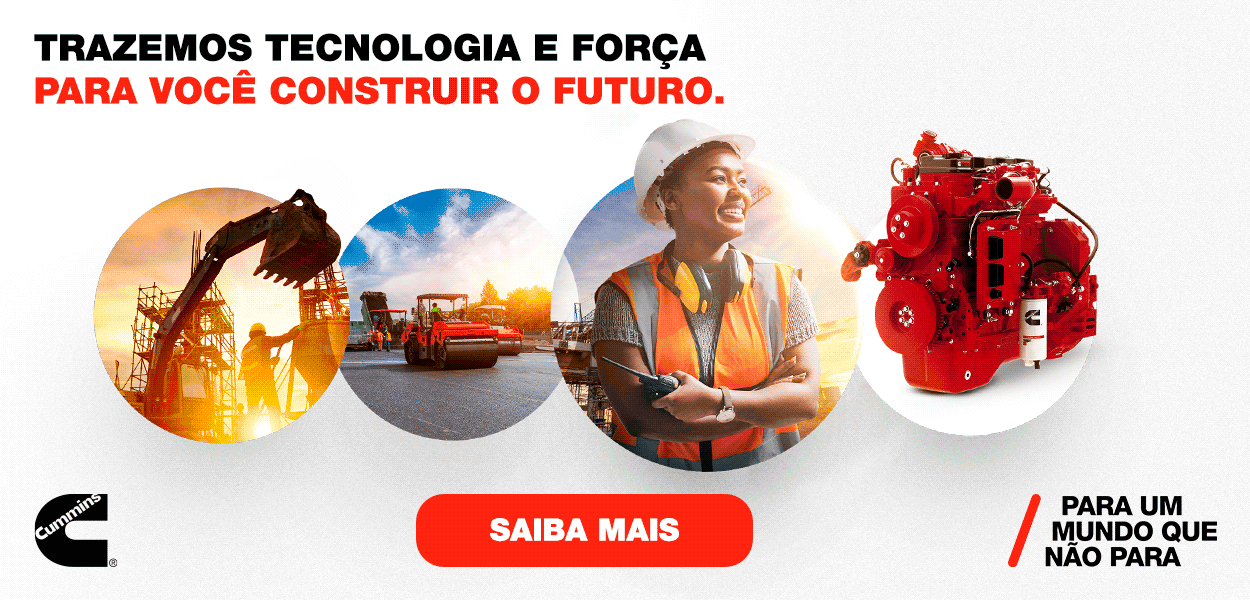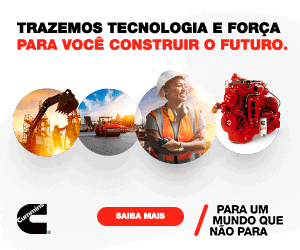Açu Superport has received over R$ 2.3 billion (US$ 1.3 Bn) in investments
Amount was invested between 2007 and 2011 in building a structure capable of making this seaport one of the most modern in the world
Since the beginning of construction in 2007 until the end of last year, LLX - a logistics company which belongs to Brazilian entrepreneur Eike Batista’s EBX Group - has invested over R$ 2.3 billion (US$ 1.32 Bn) in the Açu Superport which is under construction in the municipality of São João da Barra, in northern Rio de Janeiro state. This is the largest private investment in seaport infrastructure in the Americas - a multiple-use complex consisting of two terminals - one offshore and one onshore - located near the area that accounts for 85% of the oil and gas produced in Brazil. The two terminals - TX1 and TX2 - will reduce the bottleneck in logistics in Brazil with the creation of a more efficient corridor for the country’s foreign trade, linking major world markets to the Açu Superport Industrial Complex. The Açu Superport is scheduled to start operating in late 2012.
With its innovative design, involving modern engineering, construction and operating practices, the Açu Superport will be compared to the most modern and efficient seaports in the world, such as those of Asia and Europe, built to receive large ships like Capesize vessels, VLCC and Chinamax that can carry up to 400,000 tons of cargo. It is expected that a total R$ 3.4 billion (US$ 1.94 Bn) will have been invested until the conclusion of construction.
Designed based on the concept of a “port-industry”, the Port of Açu should create new paradigms for port operations in Brazil. The port is expected to include, in its ‘dry-port’ or yard of over 100 km2 (equivalent to almost one-quarter of the municipality’s entire 431 km2 in area), an industrial complex where the Group will install a steel mill, two cement plants, a metal-mechanical operations hub, a thermal power plant and at least four plants for pelletizing of iron ore.
Besides these operations, several other industries and service companies are expected to settle in the region, attracted by logistical benefits provided by the integration of the port with the existing roadway and railway infrastructure. So far, LLX already has about seventy memos of intent signed with companies that want to build industrial plants or move cargoes at the Port of Açu.
In August of 2011, the company was granted a Preliminary Permit (LP - Licença Prévia) for the construction of a logistics yard occupying an area of over 600 hectares which will enable the storage and handling of cargo, preferably containerized. The courtyard will provide for access by rail and will be equipped with a system of conveyer belts, pipeline and modern equipment for container handling.
A bulk liquid terminal will enable the movement of 4 million cubic meters of liquefied natural gas (LNG) per year. The port will, furthermore, be able to meet the needs of logistics and supply in the activities of exploration and production of oil and gas in the Campos Basin.
In addition, the Açu Port will also be a link in the logistics chain of what is known as the Minas-Rio Project - a project designed to provide feasibility for the export of iron ore produced in Conceição do Mato Dentro and in Alvorada de Minas (in the state of Minas Gerais). The processed ore will be transported via a 525 kilometer pipeline, which will pass through 32 municipalities in the states of Minas Gerais and Rio de Janeiro, finally arriving at another processing unit to be built at the port terminal in São João da Barra for subsequent exportation.
All these factors combined are very promising, promoting economic development as never before seen in the region. It is estimated that the Port of Açu will attract investments of around US$ 36 billion. When the port and industrial complex are operational, it is estimated that they will create some 50,000 direct jobs. But even before completion, the Port of Acu has already revolutionized life in São João da Barra and neighboring cities. Work on the port now generates about 2,600 direct jobs, most of which are either in Campos or in São João da Barra.
The Acu Port was designed to be the most modern, multiple-use private seaport terminal in Brazil and the main alternative for moving the flow of production from states in the country’s Midwest and Southeast which currently suffer from a lack of logistic accesses. With a depth of 18.5 meters (60.7 ft) (later increased to 21 meters - 69 ft), the port will have the capacity to receive large ships, such as capesize bulk grain carriers of up to 220,000 tons and the new generation of super-container carriers with a capacity of up to 11,000 TEU (twenty-foot equivalent units) (roughly 220,000 tons) and with more competitive freight rates.
It is estimated that the port will move 63.3 million tons of iron ore per year, in addition to 10 million tons of steel products, 15 million tons of coal, 5 million tons of bulk solids and 7.5 million tons of general cargo per year.
For the channel of access to the port and the basin where ships are docked, dredging services are being performed involving a volume of approximately 13,200,0000 m3 in sand and sediment so as to reach a depth of -18.5 m to -21.0 m foreseeing the docking of high-load capacity ships for the transportation of up to 160,000 DWT of iron ore in the first phase and up to 220,000 DWT in the second phase. On the whole, 18 million m3 of sand is to be removed.
Ternium Steel Mill
LLX has signed an agreement with the Italian-Argentine company Ternium for the installation of a steel industry at the Açu Superport with an initial production capacity of 5.6 million tons of crude steel per year. The steel-manufacturing group Ternium has plants in Mexico and Argentina and is controlled by Techint.
The project has been granted a Preliminary License (LP - Licença Prévia) and is awaiting an Installation License (LI - Licença de Instalação) which the company expects to receive in early 2012. The LP has authorized the production of up to 8.4 million tons of crude steel per year. The approved project included a pelletizing plant and an integrated steel mill for the production of steel plates and sheet steel (rolled steel).
For the concession of these licenses, the State Environmental Control Commission (CECA - Comissão Estadual de Controle Ambiental) coordinated two public hearings on the 7th and 8th of June 2011 at which the EIA/RIMA (Environmental Impact Study and Report) for the steel mill were presented and discussed.
All these negotiations indicate the Techint Group’s immediate interest in speeding up supplies to its rolling mills at the group’s plant in Mexico which is now partially idle.
The yet-to-be-concluded arrival of Usiminas as a member of the society may postpone the decision to build the steel mill at the Açu Complex - a decision which the EBX Group considered to be a sure thing based on accountability reports issued by its logistics company, LLX.
Information about the possibility of postponing the investment in Acu came when investors in Ternium announced their interest in paying R$ 5.2 billion (US$ 2.97 Bn) to enter into association with the Usiminas steel company, whose controlling share belongs to Nippon Steel, in the shares presently owned by the Camargo Corrêa and Votorantim companies.
These R$ 5.2 billion (US$ 2.97 Bn) are precisely the amount involved in the initial investment to build the steel mill in Açu; a deal as to which investors say there has not yet been “the fall of the hammer” (i.e. is still pending).
Techint has three steel mills in South America, two of which are in Mexico and one in Argentina, and another in the USA. The bid to acquire a part of Usiminas made by the Rocca family - the owners of the Techint Group - was considered very high.
Besides the Ternium steel mill, LLX entered into long-term “take or pay” agreements for port services. One of these agreements provides for the shipment of products manufactured at Ternium’s steel mill facilities and another involves the landing of coal. With Anglo American, LLX has a ‘take or pay’ agreement for shipping iron ore from the Açu Superport. In addition, LLX has also signed business agreements with Camargo Corrêa Cements and Votorantim Cements for the establishment of manufacturing facilities for the production of cement at Açu Superport Industrial Complex.

Av. Francisco Matarazzo, 404 Cj. 701/703 Água Branca - CEP 05001-000 São Paulo/SP
Telefone (11) 3662-4159
© Sobratema. A reprodução do conteúdo total ou parcial é autorizada, desde que citada a fonte. Política de privacidade













